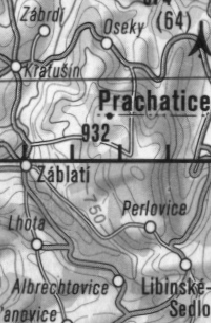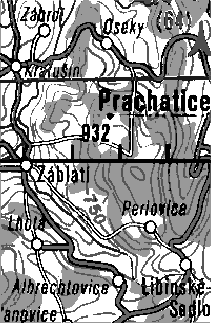
Figure 17.10: Map Image, Referred to in the Text as ad250 and Given to Us by the JPL Group as the Test Case for the Backpropagation Algorithm. The original image is of size
 in pixel units with 24 bits of color
per pixel.
in pixel units with 24 bits of color
per pixel.





We will use the map image in Figure 17.10 to illustrate concepts and algorithms discussed in this section.

Figure 17.10: Map Image, Referred to in the Text as ad250 and Given to Us
by the JPL Group as the Test Case for the Backpropagation Algorithm. The
original image is of size  in pixel units with 24 bits of color
per pixel.
in pixel units with 24 bits of color
per pixel.
This image, referred to as ad250, was given to us by the JPL group as
the test case of their backpropagation algorithm. The ad250 is a
relatively complex image since it involves shaded relief, color saturation is
poor, and there are a lot of isoclines represented by a broad spectrum of a
brown tint, fluctuating and intermixed on boundaries with white, grey
( ), green, and dark green (
), green, and dark green ( ).
).
The color separation of this image is not unique unless some human guidance is involved. For example, gray shaded relief can either be considered independent color or ignored, that is, identified as white. Also, isoclines with various tints of brown can be labelled by either different colors or a single effective brown. We obtained from JPL their results from the backpropagation algorithm for this image. The color selection ambiguities were resolved there by the map analyst during the network training stage and since these decisions can be deduced from the final result, we adopted the same color mapping rules in our work.
The rules are as follows:
To summarize, the image in Figure 17.10 is to be separated into seven base colors: white, green, brown, magenta, blue, purple, and black. Having done this, we can easily declutter it within the contextual regions of these colors, that is, we can distinguish isoclines from roads (but we cannot, for example, distinguish a city name from the road boundary).
The separation results obtained at JPL using the backpropagation algorithm for the ad250 image are presented in Figure 17.11.

Figure: Image ad250 from Figure 17.10, Separated
into Seven Base Colors Using the JPL Backpropagation Algorithm. The net is
trained on a subset of the image pixels. A set of 27 color values for the
 image window is provided each time and the required output is
enforced for the central pixel. Ten hidden neurons are used.
image window is provided each time and the required output is
enforced for the central pixel. Ten hidden neurons are used.




